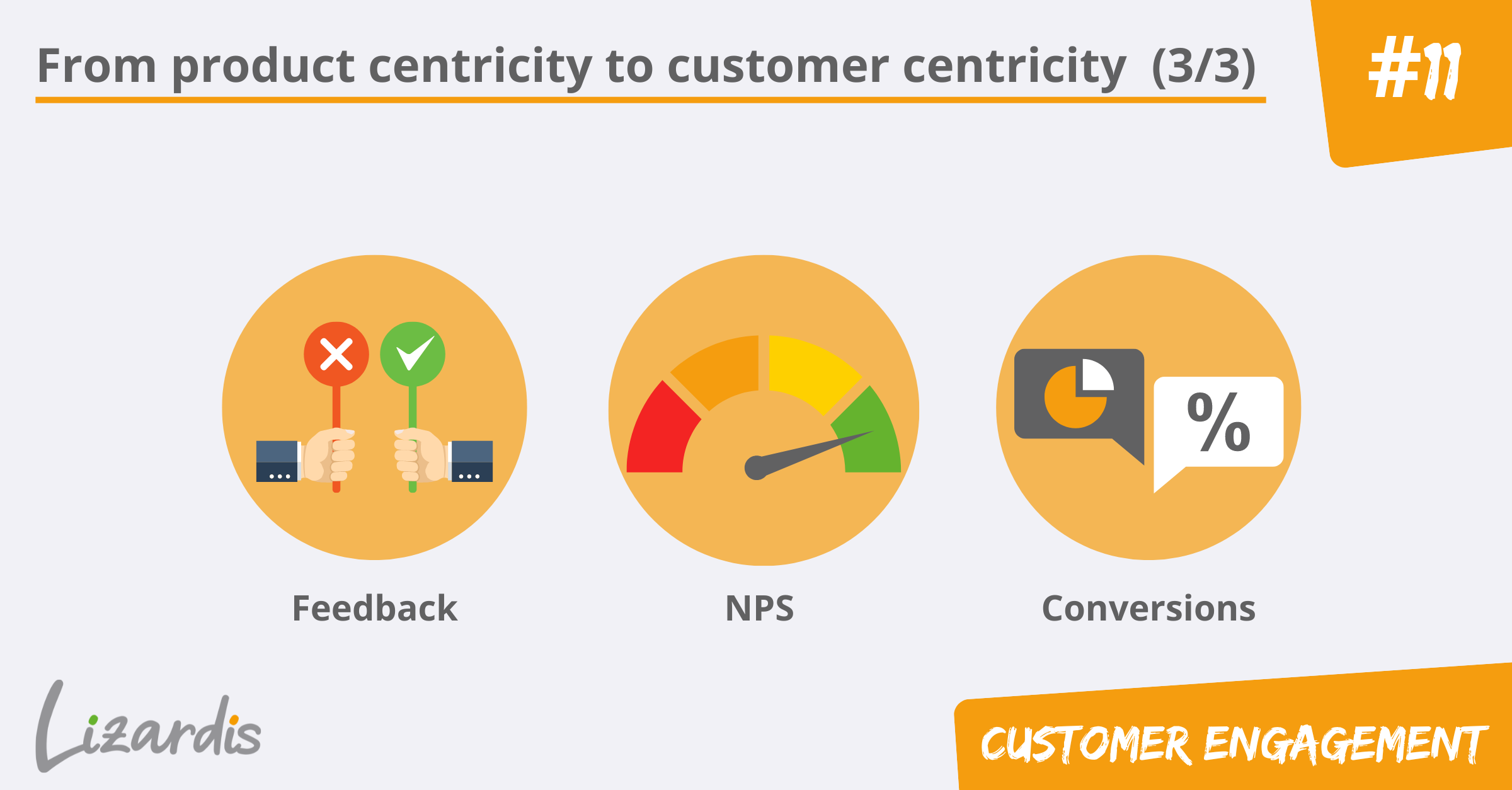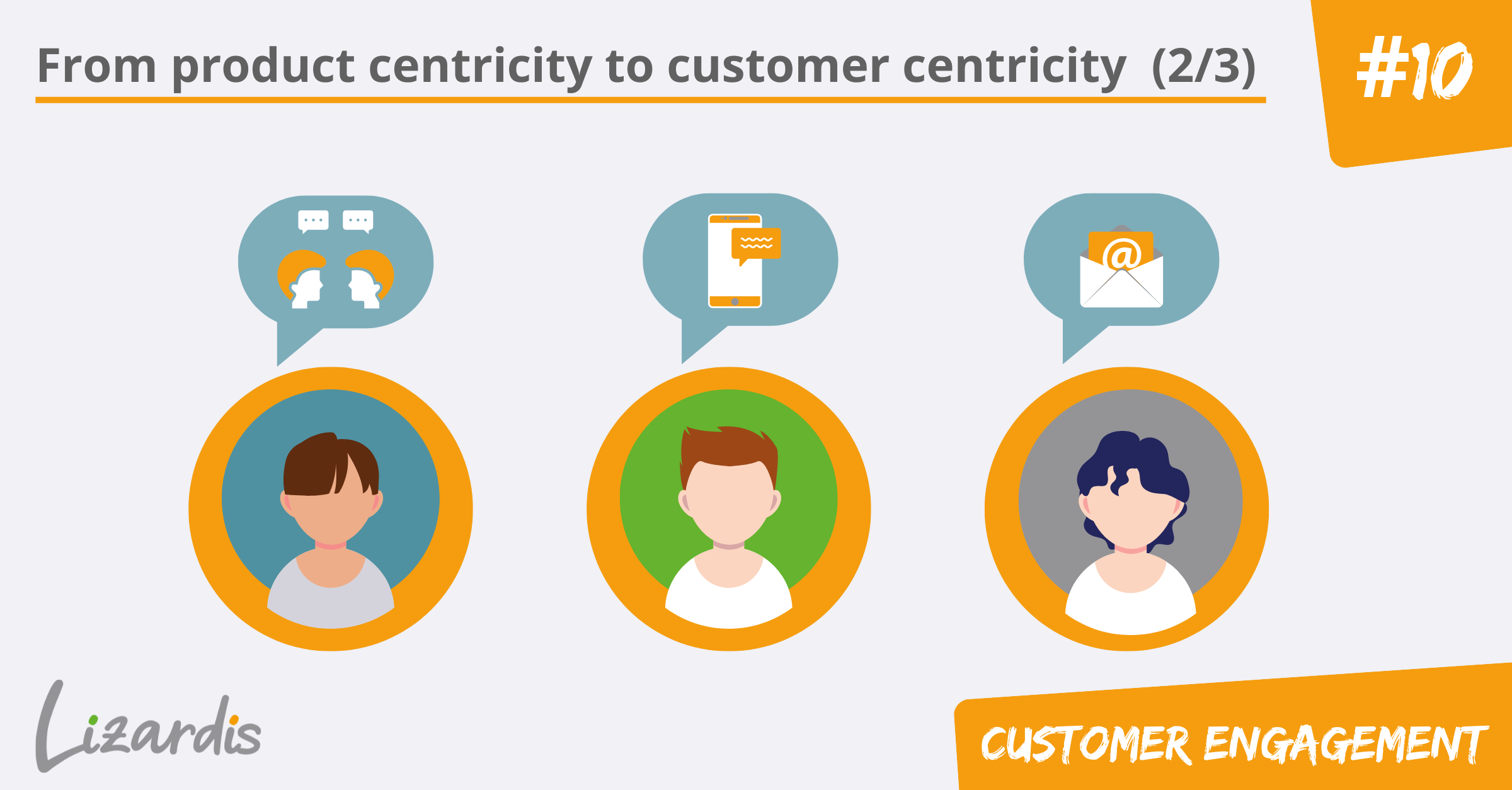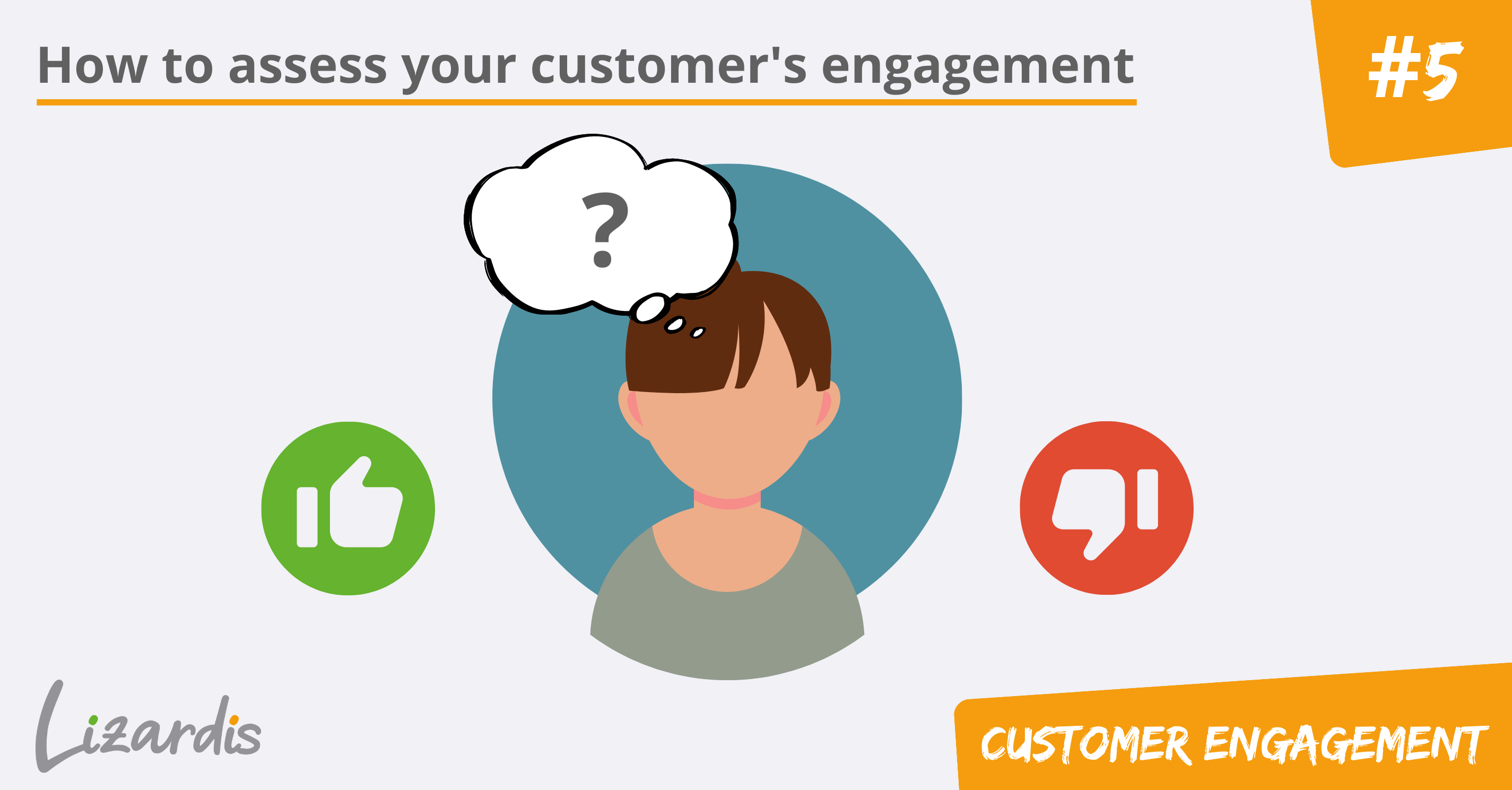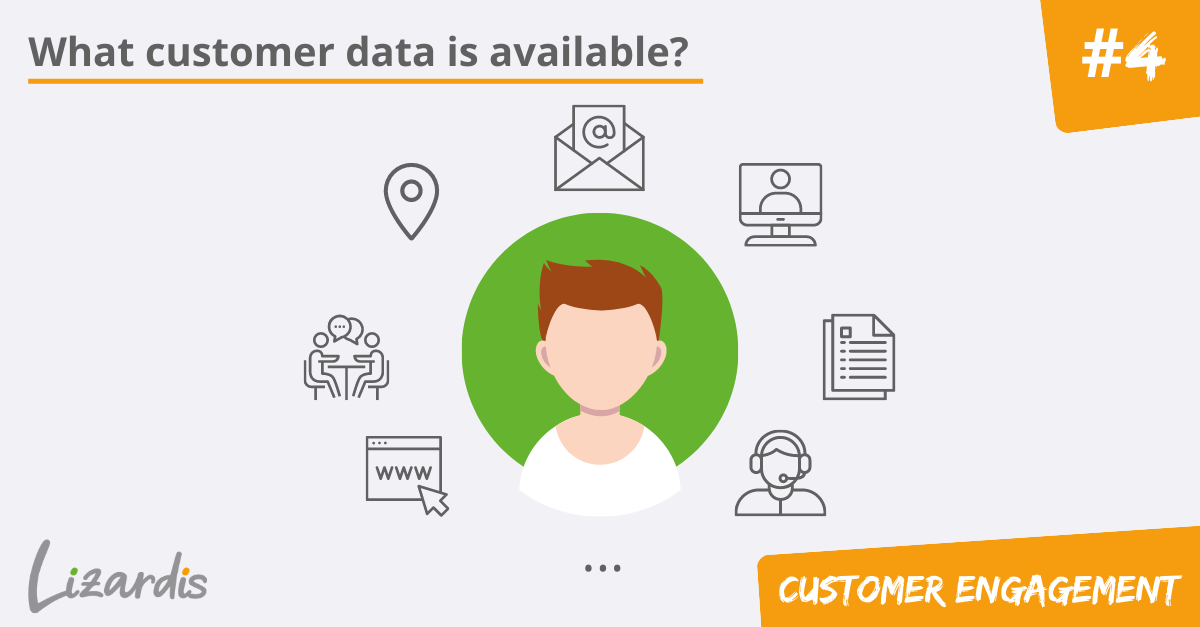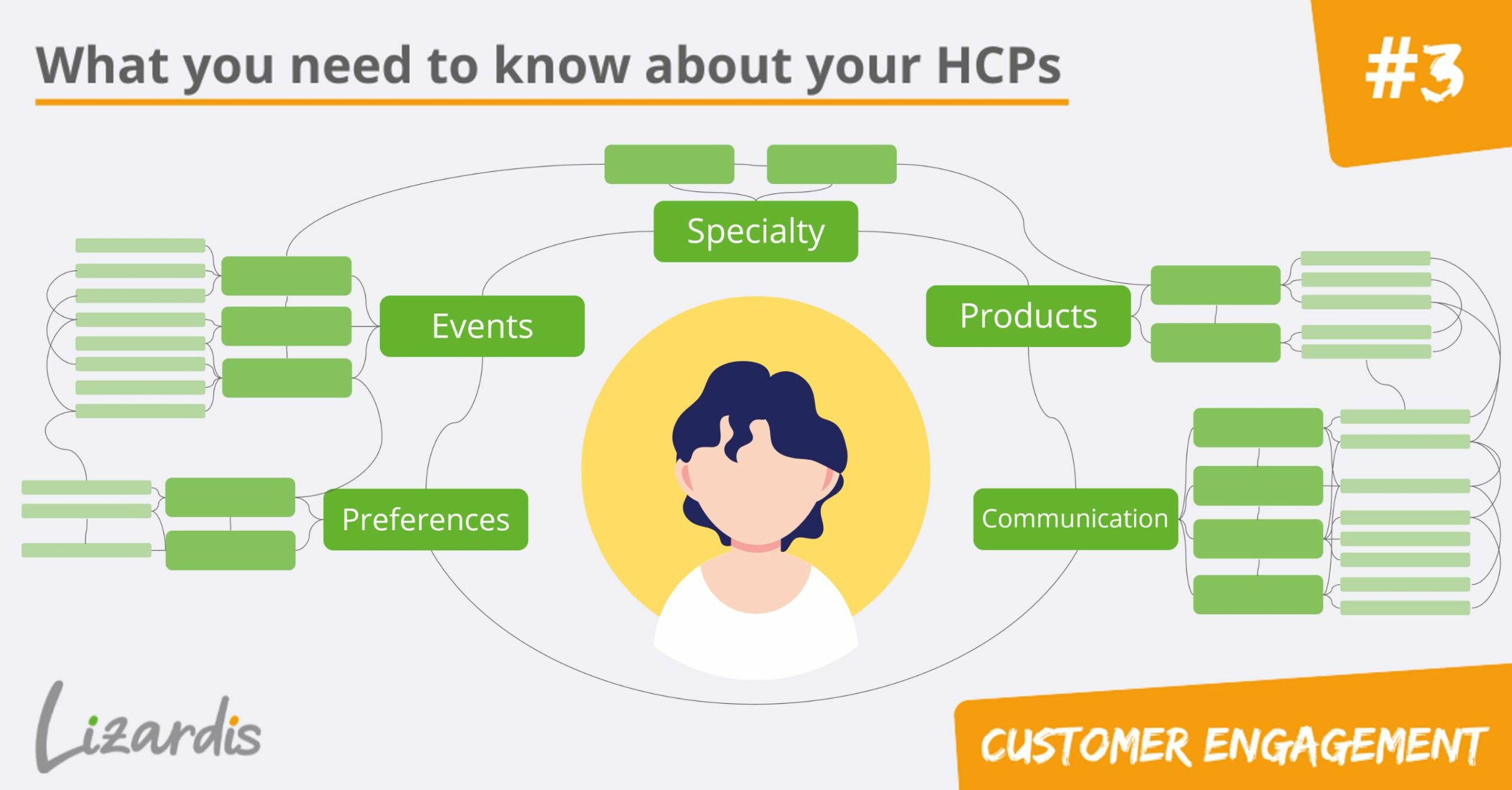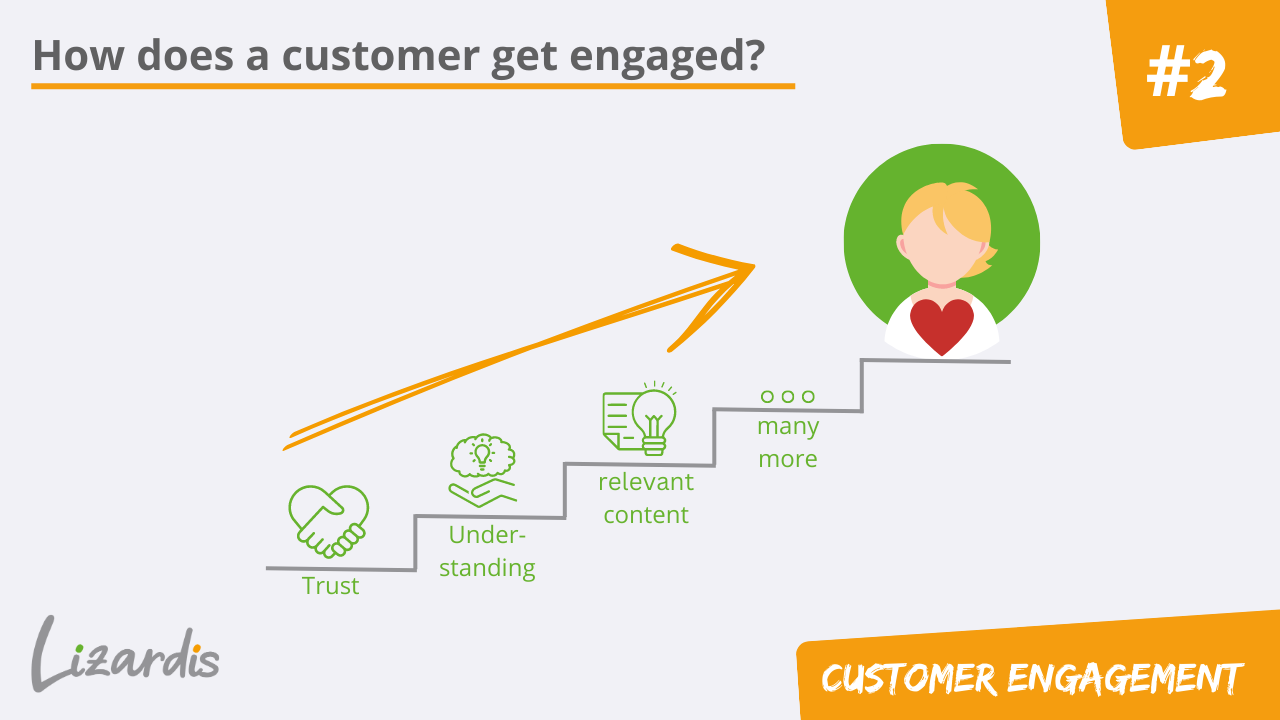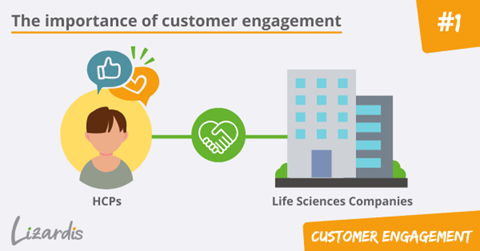Hanover, February 21 2023
My name is Marcos Garcia Villas and I have been supporting life science companies in Veeva CRM implementation projects for over 11 years – with consulting, but above all with change management and training services. Ultimately, the projects were successful sooner or later due to the commitment of all those involved.
To protect you from painful experiences, stress and frustration, in this post I would like to share with you important aspects of change management and training that I believe matter most in such a project from a business perspective.
A note in advance!
Before I dive into the topic, I would like to mention that some of the following points of view can generally be applied to system implementations that map or document processes and workflows, i.e. also to other CRM systems, in other industries or even ERP systems. However, I will first address my remarks towards representatives of the life sciences industry who have already experienced a CRM introduction, e.g. with Veeva, or for whom a corresponding step is still imminent, since some aspects are of a specific nature and in their form match the described situation exclusively.
What is a CRM system implementation, e.g. Veeva CRM about?
First of all, let’s be clear: such training is not about technique! By now, the focus of such a measure is no longer on the question “How do I have to operate the system / How do I have to click or tap?”, because the operation of the Veeva CRM app on the iPad in particular can be learned intuitively, according to most end users I have met in close to 30 Veeva CRM implementation projects. Instead, the question that constantly arises is “Why do I have to map a business process differently now than in the predecessor system?”
Generally, we as humans do not like changes that we have not brought about ourselves. So, if the employees of a life sciences company already have to work with a new CRM system, and in my personal experience over the last 10 years this has usually been Veeva CRM, then as end users they would like to understand why business processes or business rules are changing and have this presented to them in all clarity.
Therefore, the linchpin of a Veeva rollout today is the communication of new or changing business processes and associated business rules. Which brings us to the heart of this post!
During the preparation of corresponding change management and training measures in the life sciences companies that have implemented Veeva, I was in regular contact with the decision-makers, i.e. those responsible for the individual business processes. As part of the corresponding meetings, I generally pointed out the aspects that would be different with Veeva CRM because the technology is different, because certain business logics are different, or because dependencies in the system and between individual modules are different than with another CRM solution. Along with this, I have also always emphasized that it is highly important to explain this to the end users so that they can understand why things need to be done differently in the future. A plausible explanation can strongly influence the acceptance of the new CRM system among users.
What was the norm?
Unfortunately, I often observed that people were reluctant to “call a spade a spade” or only did so half-heartedly and/or put off end users until a later communication. It was not uncommon for me to receive the following instruction instead: “Please explain only the click paths first, the “REST” will work itself out later” or the advice: “The responsible manager is also attending the training, he or she can explain “THAT” from a business point of view”.
One can imagine how e.g. Sales Reps as regularly the largest group of end users and attending regional managers as executives, who are also end users, then react in the concrete training situation: irritated, frustrated and dismissive towards Veeva CRM as a new system! Such lack of decisions and clear communication then results in inconsistently lived processes and even refusal to map the processes in question in Veeva CRM at all. So-called “workarounds” are often pulled out of the hat on one’s own initiative – after all, we still have Excel!
What was the exception?
However, it is not that difficult. In some, unfortunately few, projects I have experienced that the process owners were aware of the task, i.e., they felt responsible for explaining and communicating the processes that were changing – even if that meant engaging in discussions. Moreover, if these decision-makers were not afraid to ask for advice and accept help, then much had already been gained.
In such cases, I always had the impression that those responsible had realized that it was important to bring the end users along with them. The result was then on a regular basis, after the dust had settled, an acceptance of the processes, the system and the associated changes in working methods. Not uncommonly, a considerably lower call and ticket occurrence in 1st and 2nd level CRM support as well as significantly reduced expenses for follow-up communication rounds or even follow-up training were the result.
How can responsible individuals overcome challenges such as the ones described?
In my opinion, the following steps are important in order to communicate process changes to, for example, the target groups of sales, medicine/MSL, marketing, events management and the respective managers in such a way that they can accept them and work in accordance with them:
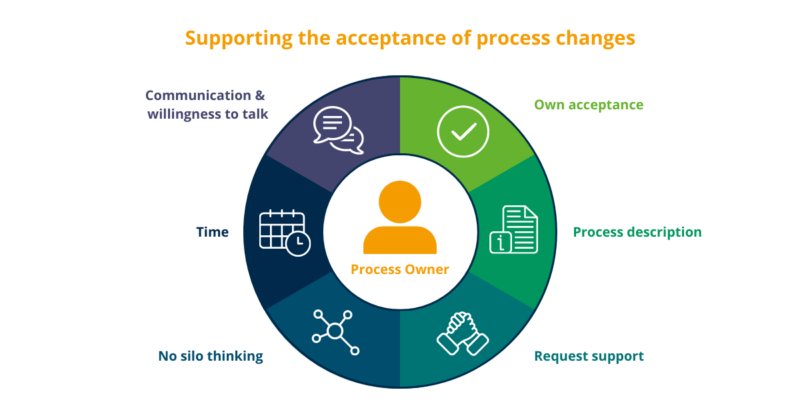
- Accept the change: The process owner himself or herself first needs to understand and accept that there will be a change in the existing process with the implementation of Veeva CRM. In doing so, one should not be afraid to ask for the reasons and, at the same time, strive for an explanation that is as objectively neutral as possible. Check within your company, with Veeva itself, and/or especially with your external partners with Veeva experience. For the questions you have, the end users will have as well. As a consultant and training project manager for Veeva CRM, I regularly advised decision-makers on this issue and not only provided them with the necessary background knowledge as well as pointing out effects on other processes, but also developed possible communication approaches by formulating appropriate business rules.
- Describe the business process: The process involved and the business rules to be followed must be described in such a way that the end users, and above all the change management and training team, can understand what is involved. The clearer I formulate things here without glossing over anything, but rather try to work out the positive aspects, the better.
- Ask for assistance: As the person responsible for the process, I should communicate concretely to all stakeholders, i.e., all those affected, across all hierarchical levels, what is changing and why, prior to the actual rollout. For one, I get first necessary feedback here, which I should use e.g. for remaining necessary corrections, but also first queries, which can be used e.g. to build up a FAQ list, as well as support from the managers concerned.
- No silo mentality: Particularly if I am not responsible for the overall process, but only for a part of the process, I should always also take into account that changes to the sub-process can equally relate to the process step before or after “my process step”. This is especially important for complex processes such as event management in life sciences companies. It also provides an opportunity to bring other process owners on board and can help put the changes being communicated on a broader footing.
- Schedule enough time: I need to make sure that there is sufficient time for the presentation of the new or changed process and the business rules to be followed during the end users’ training, as well as for answering any immediate questions. If a reasonable amount of time can be devoted to the topic, typically end users understand how important it is solely for that reason.
- Signal that you are willing to talk: The idea here is not to put the changed or new process up for disposition and discussion, but rather to explain why the process has changed and why it is important to adhere to the associated regulations, even after the rollout if necessary. This should always be done proactively by asking the end users, such as key users, who usually know very well how the colleagues in their team are faring with the new process and whether there is a need for further information.
What has been your experience?
The above statements are the result of my experience and do not claim to be complete or absolutely correct as they may vary from one situation to another. Of course, I am also interested in your experience regarding a Veeva CRM implementation. Have you yourself been a decision-maker and had to communicate new or changed processes? What approach did you choose?
Or were you an affected end user as an employee of a life sciences company and can confirm one of the approaches described here? What went well and what should have gone differently in your view?
About me
 Hi, I’m Marcos Garcia Villas. As a customer engagement expert I have gained diverse experience in the field of customer relationship management within the life sciences industry over the past 16 years. I provide our clients with in-depth process expertise to advise them on customer engagement and the next best actions for their respective audiences. I look forward to meeting with you in person to provide insight on how you can achieve successful engagement in the future.
Hi, I’m Marcos Garcia Villas. As a customer engagement expert I have gained diverse experience in the field of customer relationship management within the life sciences industry over the past 16 years. I provide our clients with in-depth process expertise to advise them on customer engagement and the next best actions for their respective audiences. I look forward to meeting with you in person to provide insight on how you can achieve successful engagement in the future.
You want more insights?
Check out our other blog articles about customer engagement!
Omnichannel-Management: From product centricity to customer centricity (3/3)
How do you measure the success of your omnichannel strategy and customer-centric approach? Learn more about possible methods for measuring omnichannel efforts.
Omnichannel-Management: From product centricity to customer centricity (2/3)
The successful implementation of omnichannel requires an organizational change away from traditional silo thinking towards customer orientation.
Rep Triggered Email platforms – What is the most sensible way to integrate this channel to promote customer loyalty?
In this article, I will review the so-called Rep Triggered Emails channel. I will outline what approaches exist for this channel in the life sciences industry, what tools are used and what data can be obtained in this way.
Remote Engagement – what opportunities does it offer for life science companies?
In this post, I will focus on the remote call channel (also referred to as remote engagement, video call, or video conferencing), in particular and describe how to successfully use the channel.
Use this data to assess your customer’s engagement as a life sciences company
Which data and insights help me to assess customer engagement as a life sciences company? And how can I improve customer engagement? Learn more in this article.
What customer data is available to life sciences companies?
Correct data collection & processing is not the favorite topic of many, but immensely important! Without data no information & therefore no reliable statements.
This is what you should know about your customers in the life sciences industry
Learn here, what you as a life sciences companies should know about your customers to inspire them to further engagement, and how to come to that knowledge.
How to turn a customer into an engaged customer
There are several factors for influencing a customer to become an engaged customer. These include - amongst others - trust, understanding and relevant content. Learn more.
What is customer engagement and why is it so important?
Everyone is talking about customer engagement. But what excatly is it, why is it important and how do I optimize customer engagement? Learn more in our blog post.

